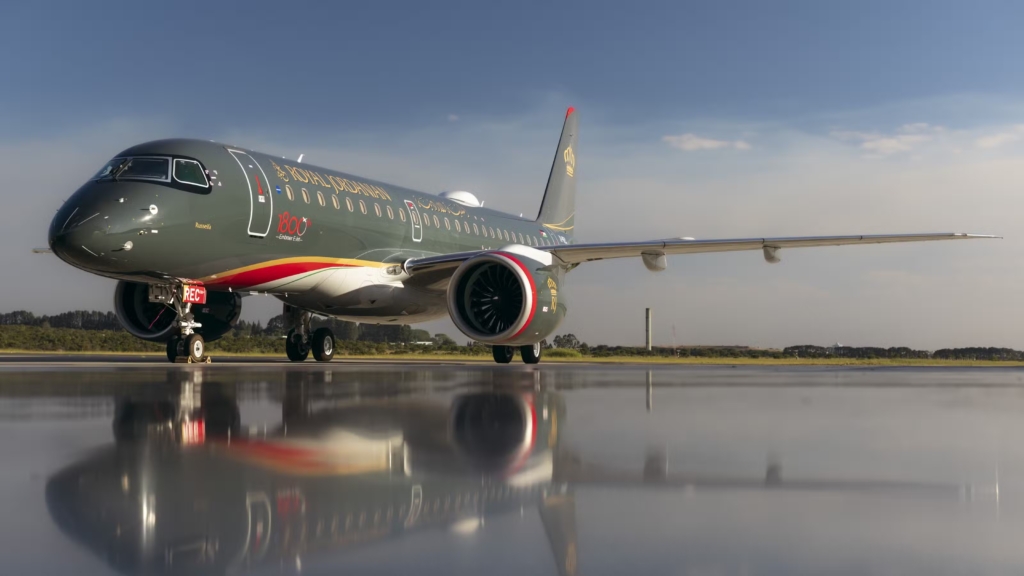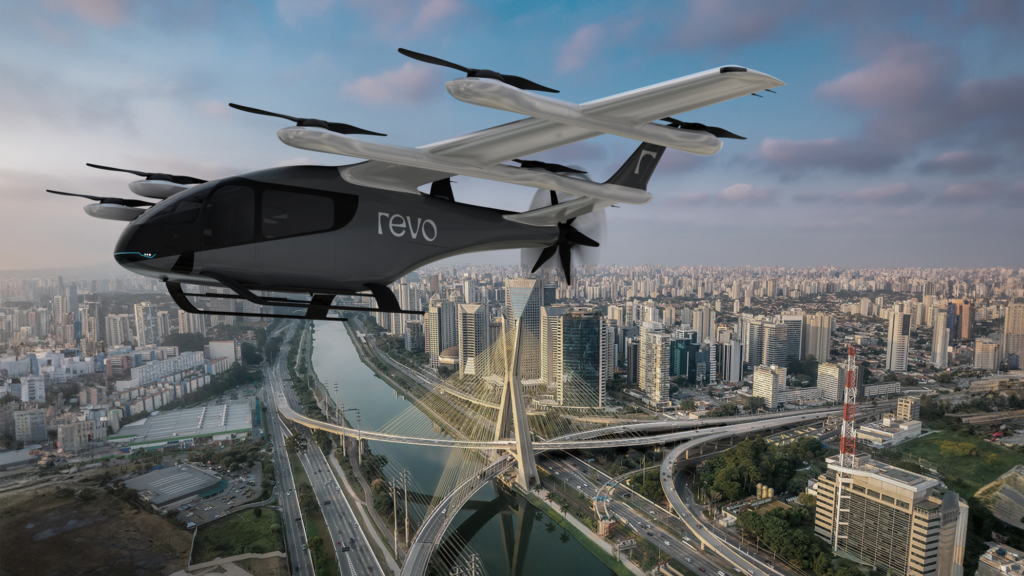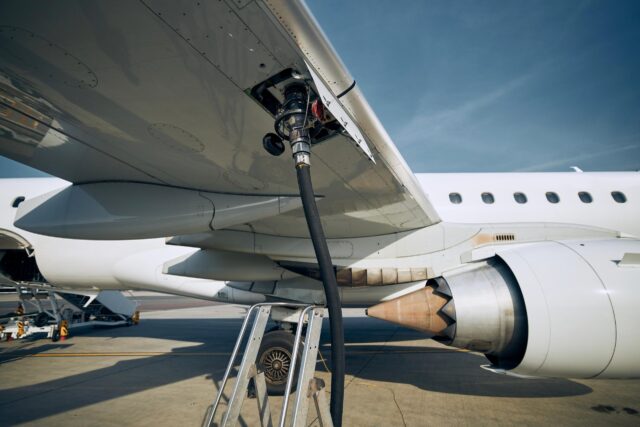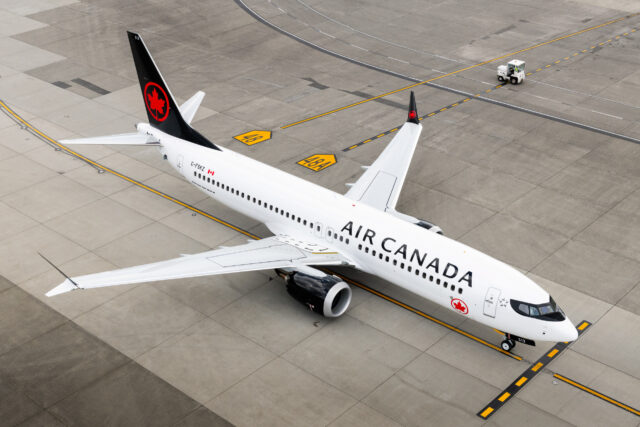The hare and the tortoise: Why Eve’s Embraer-backed eVTOL could be the one that wins the race

November 26, 2025

For all the noise in the eVTOL sector, Eve Air Mobility’s defining characteristic is how little noise it actually makes.
While competitors chase first flights, splashy demos and accelerated launch timelines, Eve has settled into a different rhythm, one rooted in Embraer’s decades-long certification culture rather than Silicon Valley speed. And that contrast may ultimately prove decisive.
Speaking to AGN on the sidelines of the Dubai Airshow, Eve’s Chief Commercial Officer, Megha Bhatia, made it clear that speed to market is not a key priority.
“We’ve always said we’re not in the race,” she said. “We just want to make sure we have the right product for our customers, the right missions and the right time.”
Get the latest eVTOL and AAM news at AGN
Eve’s eVTOL development moves at a certification-first pace
Unlike rivals pushing for rapid entry to service, Eve is following Embraer’s methodical “building-block” approach to testing and certification. Bhatia noted that, “we designed for the aircraft to be certified from the ground up.”
Subsystem testing is already underway at Embraer’s Gavião Peixoto site, using the same infrastructure and engineering workflows applied to Embraer’s commercial, executive and defence aircraft.

In her exclusive discussion with AGN, Bhatia confirmed the next milestones.
“We’re looking to manufacture the prototype next year and commence our flight-test campaign in 2027, with entry into service in late 2027,” she confirmed. “We’re looking at building six conforming prototypes for the campaign.”
A simpler lift-and-cruise eVTOL aims to ease certification
The heart of Eve’s technical strategy lies in its deliberately simple lift-and-cruise architecture. There are no tiltrotors or complex articulating mechanisms, a choice that directly supports certification and reliability goals.
“Lower moving parts lend themselves to higher reliability, lower maintenance and lower downtime, which equals higher availability,” Bhatia noted. “We have to keep in mind that the customer has to be able to operate these eVTOLs in a way that makes business sense. The higher the volume of trips you can get to commute your passengers, the more profitable the business will be for our customers.”

In a sector where utilisation will make or break early operators, Eve’s simplicity could prove to be the tortoise’s most effective armour.
Embraer’s experience underpins Eve’s eVTOL programme
While most eVTOL developers are still theorising about performance in hot-and-harsh locations, Eve begins life with something unique: nearly five decades of Embraer aircraft flying in the Middle East and Africa’s most demanding conditions.
Embraer’s presence in the region dates back to 1978, and today more than 300 aircraft across 65 operators are flying in the Gulf, Saudi Arabia, North Africa and the Levant.
That operational footprint spans everything from ERJs to the latest E2 jets, all of which have accumulated millions of flight hours in high-temperature, dusty, erosive environments identical to those Eve’s eVTOL will face.

The E2 family, in particular, has provided a living testbed for hot-weather durability. Royal Jordanian, which now flies the E2 on routes of up to five and a half hours, described entry into service as “very successful”, even during the region’s hottest months. The airline now records 99.8% reliability on the type, with daily utilisation reaching ten flight hours.
This real-world performance has been repeated across the Gulf and Africa, including Air Peace, Airlink, and other operators running the E-Jet and E2 families on sectors from ultra-short hops to long thin routes where thermal loading, sand ingestion and materials erosion are a constant design challenge.
As Bhatia noted on stage at the Dubai Airshow: “We have jets certified in this region… and the same knowledge has been incorporated into our design.”

It’s a meaningful advantage. Embraer’s aircraft are already engineered for:
- Erosion resistance in sandy environments
- Thermal management during extreme summer operations
- High cycle and long sector durability across mixed mission profiles
- Operations from desert, coastal and mountainous climates across MENA
For Eve, this means starting with a library of proven mitigation techniques, environmental data and design philosophies that other eVTOL manufacturers simply don’t have access to. Most rivals have yet to operate a certified aircraft in the region; Embraer has 47 years of data from aircraft flying into Riyadh, Jeddah, Kuwait City, Amman, Muscat and beyond.
In a market where environmental performance will determine fleet availability and commercial viability, Embraer’s Middle East heritage is a quiet but powerful differentiator, and one that Eve is uniquely positioned to exploit.
Partnerships in Bahrain, roots in Brazil
After the Embraer foundation, the next part of the story naturally shifts to Eve’s strategic positioning in the Middle East, and particularly in Bahrain.
Bhatia described Bahrain as the company’s most comprehensive regional partnership to date, not a marketing MoU, but a three-pillar programme encompassing:
- infrastructure readiness
- testing sandboxes
- commercial operations leading to revenue flights
She notes that Bahrain aims to become a regional hub for AAM, with Eve’s support.
But while other eVTOL companies are accelerating flight testing in the region, conducting demo flights, and even positioning for passenger operations before FAA or EASA certification, Eve is taking an entirely different route. Its first passenger flights will not take place in the UAE, Saudi Arabia or Bahrain, but in Brazil.
“We firmed our first order with Revo in Brazil,” Bhatia noted, “they’re going to be the launch customer in São Paulo.”

Eve will secure its initial type certificate with ANAC, using Brazil as the anchor for subsequent FAA and EASA validations, replicating precisely how Embraer certifies its commercial and executive aircraft.
This contrasts sharply with rival OEMs that are treating the Middle East as a pre-certification launch pad, using the region’s flexible regulatory frameworks to advance flight testing, envelope expansion and early commercial demonstrations.
Slow, steady and engineered to finish the race
Where many eVTOL developers are chasing the first-to-fly headlines, Eve is pursuing the far harder task: becoming the first-to-certify at scale. Its roadmap mirrors Embraer’s own playbook: incremental testing, conservative timelines and a refusal to compromise on certifiability for speed.

It is not the loudest path, but it is the one most aligned with how aviation actually moves from prototype to passenger service. And as the sector edges closer to the realities of regulation, maintenance, financing, insurance and airspace integration, Eve’s slow-and-steady strategy looks less like caution and more like foresight.
eVTOL history won’t be written by the company that flies first; it will be written by the company that flies safely, repeatedly and profitably. On that measure, the tortoise may already be ahead.
Discover more of our exclusive stories and interviews here
Featured image: Eve Air Mobility
















